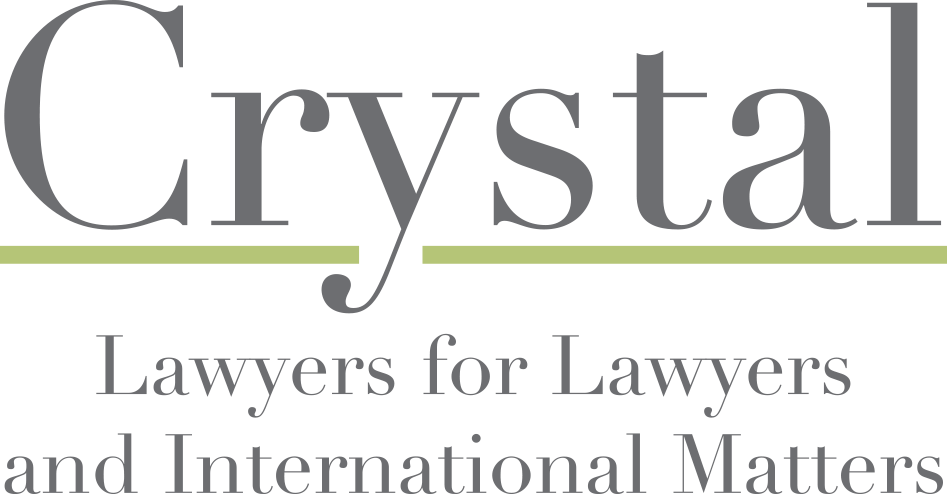Both new and established businesses should take every possible measure to protect trade secrets and other proprietary information. One of the most common ways is through the use of a non-disclosure agreement (“NDA”) in situations where they are sharing confidential information that ordinarily would not be disclosed to outside parties.
For example, a business owner looking to sell his or her company or a subsidiary should require a prospective buyer to sign an NDA prior to sharing confidential information and should retain counsel to draft the agreement. Similarly, the recipient should have legal representation to avoid a lawsuit or other adverse consequences for unknowingly violating the agreement. All too often the disclosing party will use a boilerplate agreement that will not adequately protect its interests. Similarly, the receiving party may sign the NDA as presented without seeking to revise it to better protect its interests.
In a unilateral NDA, usually where one company seeks to acquire another, one party discloses its information and the receiving party pledges to protect that information. With mutual NDAs, such as for joint ventures, both parties disclose confidential information and both are held accountable for protecting that information. NDAs should also be used in more limited transactions, such as when an inventor wants to show a new product or technology to a prospective licensee.
A non-disclosure agreement should at least include:
- Definition of Confidential Information: The information should be specific, such as whether the NDA covers electronic records in addition to written materials.
- Parties: The NDA should name the parties and the representatives who would have access to the confidential information shared during the term of agreement, such as bankers and consultants.
- Time Period: The parties must agree on a reasonable time period for keeping the information confidential. In most cases, they will agree to 12- 18 months and generally not more than three years.
- Use of confidential information: The agreement should cover the scope of usage of confidential information. For example, the party disclosing the materials may want to limit circulation to only officers and directors, while the recipient might want an expanded definition of its “representatives,” to include lawyers and accountants.
- Mandatory/Legal Disclosure: In some cases, the recipient may be legally compelled to disclose the confidential information to a court or a government agency. The NDA should include a clause that permits such disclosure without constituting a breach.
- Jurisdiction: The NDA must specify which court will have jurisdiction if alternative dispute resolution such as mediation is not appropriate.
- The return/destruction of the information: The NDA should describe how the confidential information is treated after the expiration of the term, whether the recipient should either destroy or return the disclosed materials. The receiving party might try to list exceptions under which it will be permitted to retain the confidential information, such as for routine computer system back-up procedures, provided the information is not ever shared with outside parties.
The parties to the NDA can best protect their respective interests by retaining competent legal counsel at the outset. If the agreement is not carefully drafted and negotiated, both the disclosing and the receiving parties will often face severe legal and economic costs that could have easily been avoided.
For more information, Stewart M. Banner
